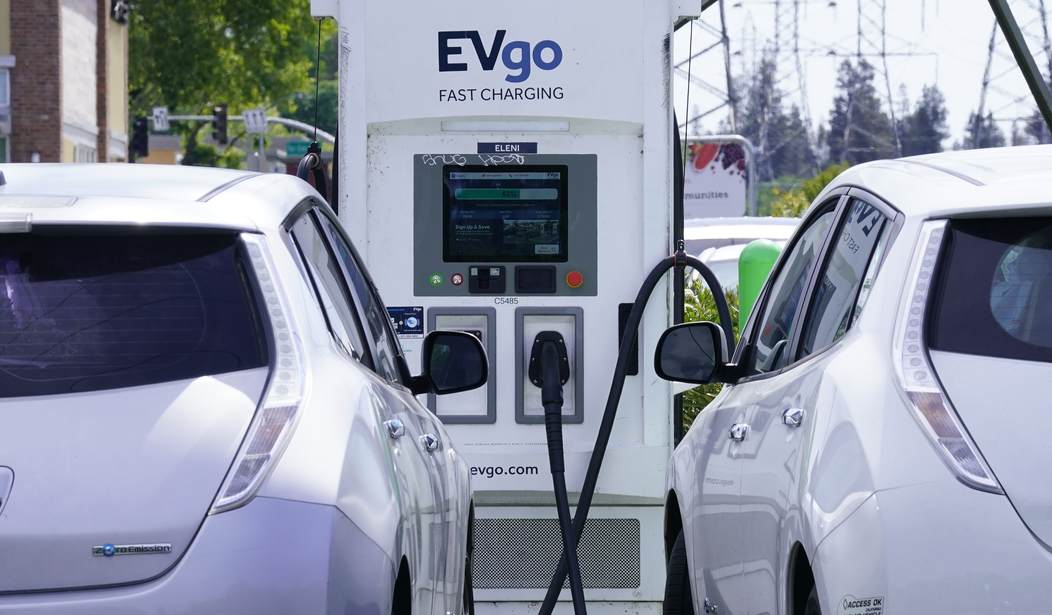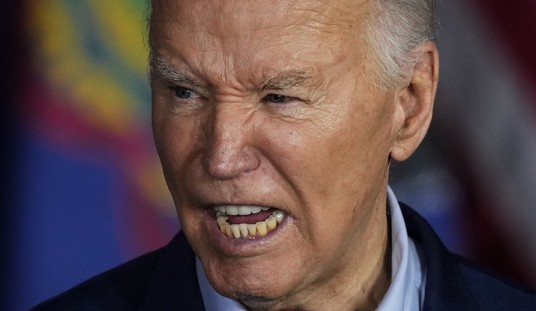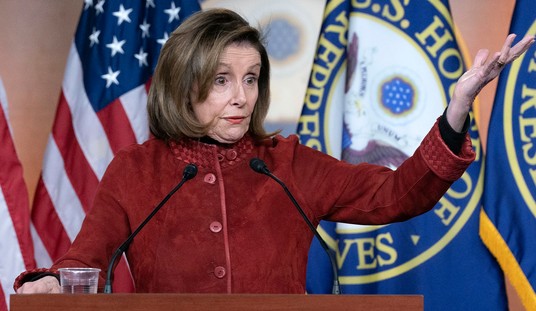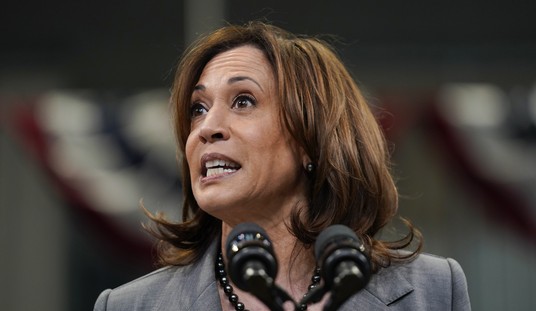There is ample evidence out there that the electric vehicle market isn't growing the way the Biden administration wants it to. What Biden wants is for half the country to be driving electric vehicles within the next decade, but even with direct government interference in the marketplace, there is no desire from at least half the population.
What's more, there are still technical issues, like a lack of charging stations across the country, batteries that lose efficiency in the colder months, a power grid that can't sustain a mass transition to EVs, and more.
Of those problems, POLITICO is focusing on the first this morning.
Congress at the urging of the Biden administration agreed in 2021 to spend $7.5 billion to build tens of thousands of electric vehicle chargers across the country, aiming to appease anxious drivers while tackling climate change.
Two years later, the program has yet to install a single charger.
States and the charger industry blame the delays mostly on the labyrinth of new contracting and performance requirements they have to navigate to receive federal funds. While federal officials have authorized more than $2 billion of the funds to be sent to states, fewer than half of states have even started to take bids from contractors to build the chargers — let alone begin construction.
It appears that bureaucratic red tape isn't conducive to building and manufacturing, whether the government wants you to be making things or not. Quite the conundrum!
POLITCO refers to vague federal reports that EV demand is growing in the country, but most EVs remain out of the average American's price range. Even with tax breaks, the Biden administration expects you to pay upfront and just wait around for a tax rebate later, which is not how Americans actually behave when it comes to money most of the time - especially when those same Americans are terrified of the current state of the economy.
Congressman Chip Roy of Texas did an excellent job recently in tearing apart the Biden administration's foolishness on this.
SOUND ON 🔊 Rep. Roy lays out the TRUTH about the Biden administration's delusional electric vehicle fantasies pic.twitter.com/Ml40ShB3L1
— Rep. Chip Roy Press Office (@RepChipRoy) December 5, 2023
It's not just the cost of the vehicle, as Roy points out. It's a lot of side costs. It's insanely expensive to replace the parts and do any repair work on an EV battery and engine. These are vehicles that are "more expensive, more expensive to maintain, may not serve their function if they're in the freezing cold," and more, Roy said.
But even as we're in the middle of trying to convince Americans to spend the money on the vehicles, we're nowhere near ready to get them on the road and keep them there, POLITICO admits.
The United States has around 180,000 chargers today, according to the Energy Department. That includes 41,000 of the type of fast chargers that can alleviate the dreaded “range anxiety” of a long-distance road trip in an electric vehicle.
In a June study, the National Renewable Energy Laboratory projected the U.S. will need 1.2 million public chargers by 2030 to meet charging demand, including 182,000 fast chargers.
There's simply no way, without spending a lot more taxpayer money to force the issue and without disrupting a lot of business and travel to build the charging stations we need to make this new taxpayer fleet of EVs work. But because the federal bureaucracy is a "labyrinth" (a word I think is too nice for what the bureaucracy actually is), it's not getting done. So we're stuck in this charger-less limbo, where the money has been spent but there hasn't been anything to show for it - and one wonders if we ever will have anything to show for it.
But even if the bureaucracy were a fast-moving beast firing on all cylinders, there isn't anywhere near the demand for EVs that would justify all the charging station construction that would be taking place. And, yet, the government pushes onward with its insane plans.













Join the conversation as a VIP Member